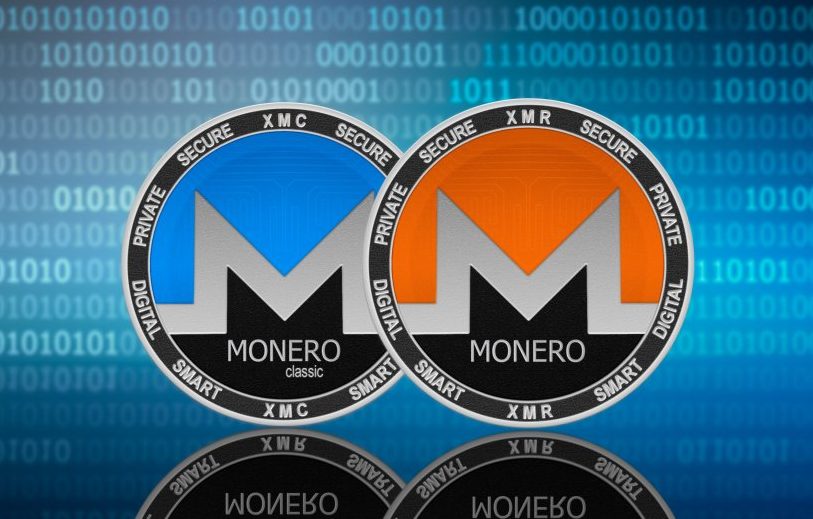What is Monero?
Monero (XMR) is an open-source P2P cryptocurrency “focused on privacy and censorship-resistant transactions.” (264) It was launched in April 2014 (265) and is based on the so-called CryptoNote (266) PoW algorithm.
Monero is specifically designed to allow its users to conduct transactions in a completely anonymous manner. It is designed to be encrypted and kept private by default. (267) In particular, it uses cryptography to protect sending and receiving addresses (so-called “keys” (268)) and transaction amounts.
Monero (XMR) is characterized by being completely fungible. This means that any two XMR units can be exchanged for each other, and certain XMR units will not be blacklisted by sellers or exchanges because of their association in previous transactions. (269) Non-fungible cryptocurrencies such as Bitcoin and Litecoin are theoretically easy to blacklist; if they have been used for illicit purposes in the past, that history will live forever on the blockchain.

Unlike other coins, Monero (XMR) is not yet pre-mined.
Monero runs on a permissionless blockchain
Like Bitcoin, Monero (XMR) runs on a permissionless blockchain. (270) Anyone can join the network at will, without prior approval or verification by a central administrator.
Monero is directly convertible to fiat currency
Monero (XMR) can be converted directly to fiat on many cryptocurrency exchanges such as LiteBit, Anycoin Direct, Kraken, etc.
Monero is a medium of exchange
More and more online merchants accept Monero as a payment method. (271) Like Bitcoin, it is also a medium of exchange.
Monero is an anonymous coin
On a fully transparent blockchain, such as the Bitcoin or Ethereum blockchains, transactions are always publicly verifiable and traceable to everyone. In practice—although this is not easy—the sender and recipient addresses of such transactions can also be linked to a person’s real-world identity. (272) This is where Monero claims to be different. It positions itself as a secure, private and untraceable cryptocurrency.

This high standard of anonymity is achieved through two different techniques:
Ring Confidential Transactions (“RingCT”); and Hide addresses.
1. Let Confidential Deals Ring
First, Monero uses so-called Confidential Ring transactions. RingCT combines ring signature technology with the concept of what the crypto community calls confidential transactions:
Ring signatures combine or “mix” a user’s account key with a public key from the Monero blockchain to create a so-called “ring” of possible signers (273), meaning that outside observers will not associate the signature with a specific User binding. (274) Combined with address obfuscation (see below), they allow full identity obfuscation of XMR senders and receivers;
Confidential transactions add another layer of privacy to the “portfolio” by hiding the amount of each transaction. (275) Without disclosing the actual amounts, they contain cryptographic proof that the sum of the amounts received equals the sum of the amounts paid. 【276】
2. Hide address
Second, Monero also uses hidden addresses with RingCT. Stealth addresses are randomly generated, unique addresses created for every transaction made by the sender on behalf of the recipient. All payments sent to recipients are routed through these addresses, ensuring that there is no blockchain link between sender and recipient addresses. (277) In other words, hiding addresses prevents logging into the blockchain. However, without the use of RingCT, the original sender of coins would be able to track the movement of coins by recipients by identifying exits on the blockchain. RingCT masks these results, making transactions completely untraceable. (278)
3. Kovri project
It should be noted that the community of (core) developers and cryptographers behind Monero is currently working on a project to add another layer of privacy to the Monero ecosystem by routing and encrypting XMR transactions via I2P Invisible Internet Project nodes. (279) The use of I2P disguises the operator’s IP address and provides additional protection against network surveillance.
A version of this project is currently in development and is known in the crypto community as Project Kovri.





